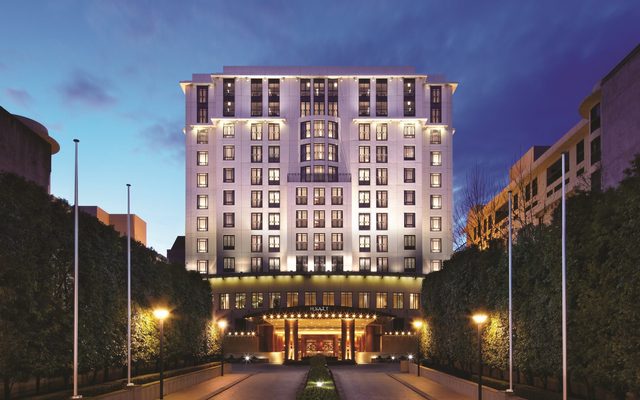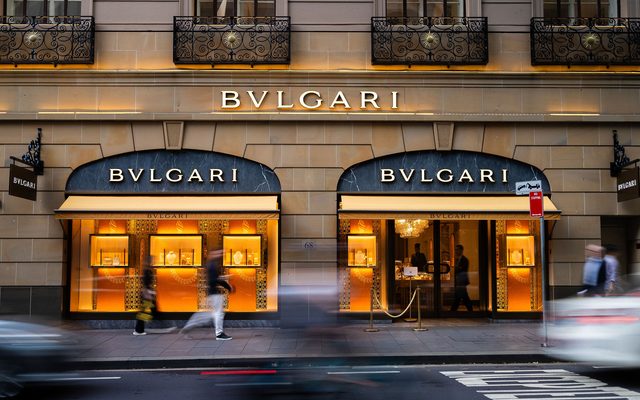This article is from the Australian Property Journal archive
AUSTRALIA’S strongest-performing housing market in Hobart has “well and truly decelerated”, as price growth and sales activity slowdown in line with that of the major markets.
However, and record sales numbers are forecast for 2019 and some capital growth was still projected next year, according to Riskwise Property Research and the Real Estate Institute of Tasmania, given Hobart is a small market with limited supply, relies heavily on tourism and was now heading into peak season.
Price growth for the quarter ending October for units was only 0.7% and for houses 1.4%, well below previous periods, while house price growth has fallen from 3.7% in April to 1.4% just six months later. In that time, units fell from 3.1% growth 0.7%.
Hobart has taken on the title of Australia’s strongest market as Sydney and Melbourne pull back from their sustained growth periods. Recent CoreLogic data showed Hobart and regional Tasmania still remained the standouts for capital gain over the past three months, with values up 1.7%.
“The deceleration is especially striking as it is taking place during the spring season that, in theory, is traditionally a good time for the market. By comparison, during the same quarter in 2017, houses delivered an outstanding growth of 3.7% and units 1.1%. RiskWise chief executive officer, Doron Peleg said.
“A significant increase in dwelling prices in recent years, less affordable housing, decelerated price growth, fewer people turning up to open home inspections and fewer inquiries on listings, indicate that housing affordability has made an impact and that the growth rate was unsustainable.”
Relative economic growth in Tasmania is the second lowest in Australia, and the state has the lowest median weekly wage and wage growth – and annual median income of $57,200 per household – while unemployment was the second highest in Australia.
“However, while these reductions are not surprising given Tasmania is less affordable than five of the states and territories (in price-to-income ratio) terms, the market supply is very small, so this will continue to drive some price growth in 2019.”
Real Estate Institute of Tasmania president, Tony Collidge said that while their September quarterly report saw Hobart retreat in terms of median prices there would not be a dramatic fall because it was not a big market at just 11,500 sales a year.
“Which is so low when you think that amount of sales takes place in Sydney in about a month to a month-and-a-half and in Melbourne in about two months. Our market is structured very differently to bigger capital cities as it is 70% owner-occupied and 30% rental,” he said.
“We also have a buoyant economy thanks to tourism, infrastructure and general construction as well as tertiary education which is another booming product with rapid growth in enrolments so at the moment in terms of price people are saying enough, we are almost on a par with Brisbane and Adelaide.
“Properties for sale are down 50 % from two years ago and we also have low rental vacancy rates due to it being the prime tourism season for the next six months. Rental vacancy rates are about 5%, so we have a huge shortage on both sides.
“Regardless, 2019 will probably be the best year for sales in 14 years and will be the highest in terms of value of sales, which I believe will break, or go close to, $4 billion,”
Peleg said that higher credit restrictions and the fear of the potential impact of the changes to negative gearing and capital gains tax if Labor succeed at the forthcoming federal election made it was possible price growth could decelerate further.
He said should the ALP policy, to limit negative gearing to new dwellings only and cut the capital gains tax in half, be implemented there would be reduced demand to purchase rental properties due to the creation of primary and secondary markets, and this would cause new dwelling prices to decline in many regions.
He said the unit market is mainly driven by investors, and better opportunities in other areas for the large proportion of intra-state buyers could prompt be a “huge shift”.
Peleg cited Geelong and south east Queensland as “significantly superior investment alternatives” in terms of houses, so there was a risk of a reduction in investor activity in Tasmania “once the excitement cooled off”.
The median price for a house in Hobart is $475,568, and in Geelong is $591,640 following three-month capital growth of 1.85% and 12-month growth of 13.9%.
Peleg believes Geelong would only become more popular in the next few years, presenting projected solid capital growth, “especially when you consider that due to stricter lending conditions many owner-occupiers who now have lower borrowing capacity are still able to buy there and conveniently commute to work”, noting its accessibility to Melbourne.
Hobart’s rental market entrenched its position as the least affordable city to rent in Australia after worsening conditions throughout the winter, according to the latest Rental Affordability Index.
A single part-time working mother in Hobart would have to pay 42% of their income on rent, before costs for child care and education.
Ellen Witte, partner at SGS Economics and Planning said this means these households are unable to save sufficiently for a deposit on a mortgage.
“Tasmania’s capital city is in a housing gridlock,” she said.
Australian Property Journal




